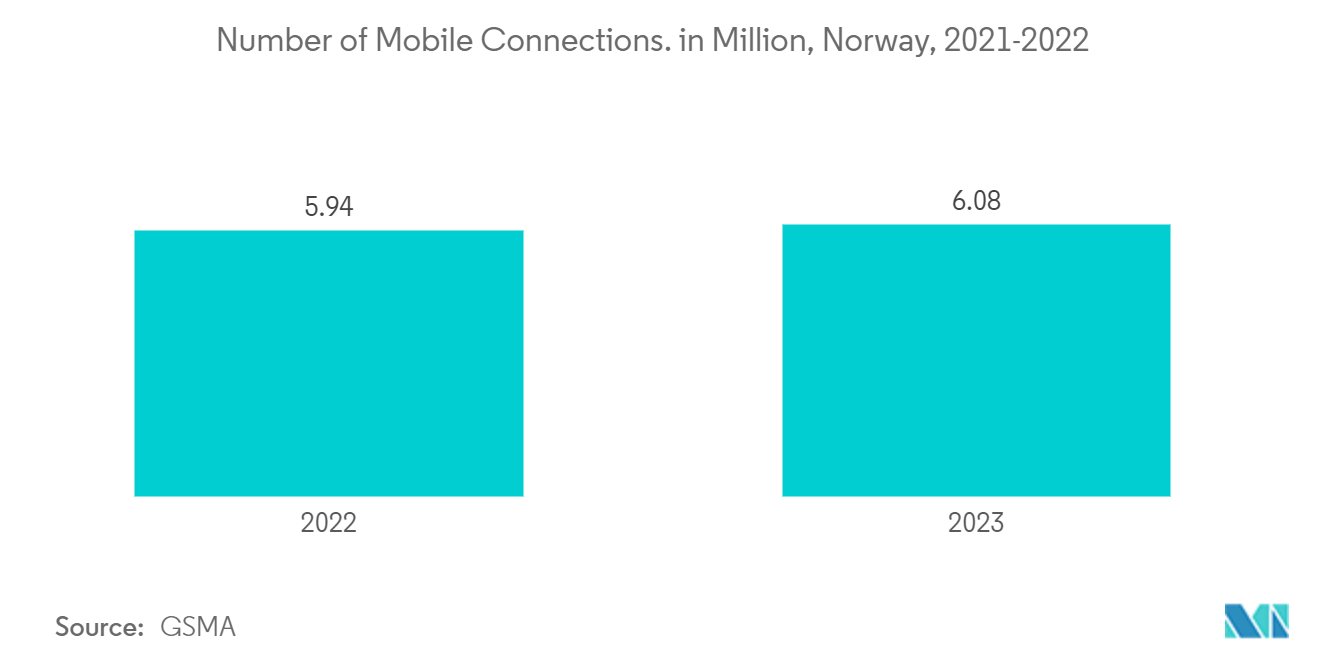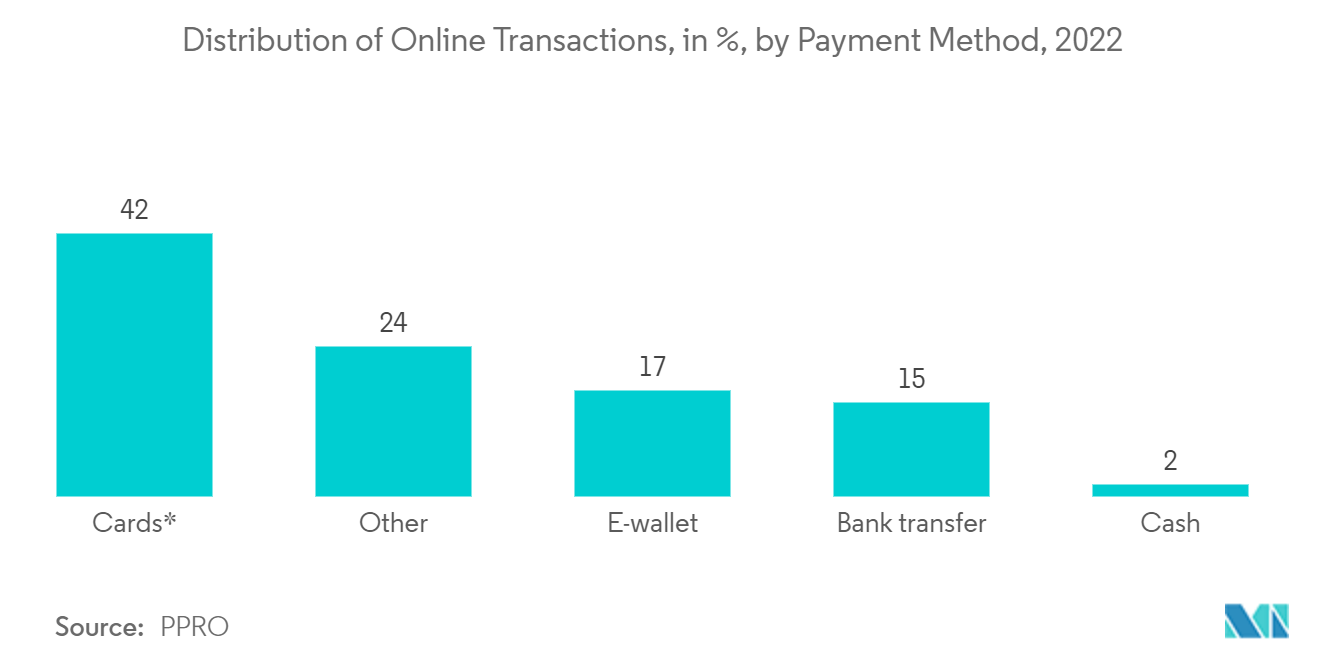Market Trends of Oslo Data Center Industry
Tier 3 is Expected to Hold Significant Share of the Market
- To be defined as a Tier III facility, a data center must adhere to the following specifications: The facility should offer N+1 (the amount required for operation plus a backup) fault tolerance. Also, Tier III facility providers can undergo routine maintenance without a hiccup in the overall operations. However, unplanned maintenance and emergencies may cause problems affecting the system. These problems could affect customer-facing operations.
- These data center facilities provide 99.98% uptime. The companies using these Tier III facilities are often growing companies or businesses that are considerably larger than the average SMB (small to medium businesses). These Tier III facilities also offer most of the features of a Tier IV infrastructure facility without some elite protection. For instance, enterprises can leverage the advantages of dual power sources and redundant cooling as long as the network streams are fully backed up.
- Moreover, owing to the robust cloud market growth amid the global pandemic, many companies accelerated their digital transformation efforts. Companies like Tencent Cloud added four data centers to increase global coverage by 30% in 2021. The company added four new data center locations globally, of which one is a Tier III facility located in the prime network hub of Frankfurt. The move expands its network footprint to 27 regions and 66 availability zones worldwide. Such expansion efforts are increasing the city's adoption of Tier III facilities.
- The difficulties of maintaining a private IT infrastructure have long prompted businesses to investigate other data and computing solutions. Companies may get all of the power and control of an on-premises solution with the flexibility and cost-effectiveness of the cloud by using colocation data centers. Today's data center providers are using the data center as a service (DCaaS) model to offer attractive solutions for fast-growing businesses trying to compete in an increasingly congested market where speed and adaptability are crucial to success.
- According to GSMA Intelligence, there were 6.08 million cellular mobile connections in Norway at the beginning of 2023. Between 2022 and 2023, the number of mobile connections in Norway increased by 28 thousand (+0.5%). Such a huge rise in mobile connections would create an opportunity for the studied market to grow. Data centers can be used in a multitude of ways to support smartphone applications. One common use case is to host the backend infrastructure and services that power the app, such as databases, caching servers, and APIs. These services can be housed in a cloud-based data center, which provides scalable computing resources and storage capacity.

BFSI is Expected to Drive the Market
- The BFSI industry has been one of the most influenced by enterprises' digital transformation, allowing for more cost-effective revenues. The rising adoption of mobile phones and high-speed internet has pushed individuals to choose digital banking, which has also integrated robust CRM and cloud technologies to store and analyze data, which is projected to boost market growth. The rapid expansion of electronic banking, digital storage, and virtualization in the BFSI sector will likely drive demand for cost-effective and energy-efficient data center solutions. It enables the consistent and reliable availability of IT and digital banking services in a highly protected environment. It can also connect and encrypt all device communications while controlling user access to protect against errors and bad intent.
- Moreover, banks and insurance companies must reinvent themselves due to changing regulations, emerging technology, elevated client expectations, and the entry of disruptive competitors. In the fintech industry, online lending has increased in demand. Thus, online banking will become more popular each year, and it is expected to increase the demand for resilient, safe, cost-effective, and energy-efficient data center solutions, driving the need for data center construction.
- Furthermore, advances in digitization, such as the introduction of PSD2 and robust e-commerce growth, would likely pave the way for the development of numerous new payment methods. A growing range of payment methods, including Apple Pay, Google Pay, RatePay, Amazon Pay, and many more, are expected to boost the rise of digital payments. This is predicted to generate a massive amount of data, increasing the demand for cloud adoption and, in turn, increasing the need for data center building around the city.
- The digital ecosystem surrounding a bank is exploding at a rapid pace. With the constant change in consumer demand, banks have been pressured to customize their product offerings according to their needs. Secondly, consumers who embrace a mobile lifestyle and socialize on digital platforms expect banks to connect with them on the same medium. This is affecting the demand for the construction of data centers in the BFSI sector.
- According to PPRo, cards were the most popular payment method for online purchases in Norway in 2022, accounting for 42 percent of all purchases. This proportion stood at 17% for online transactions utilizing e-wallets, while bank transfers accounted for 15% of e-commerce checkouts. Such a rise in online purchases would increase the amount of data created by the banks, which may increase the demand for data centers in the city.


